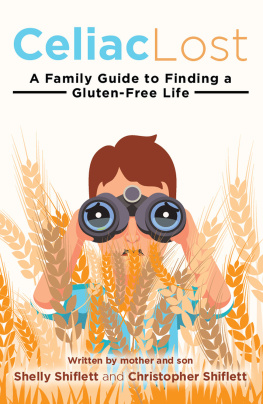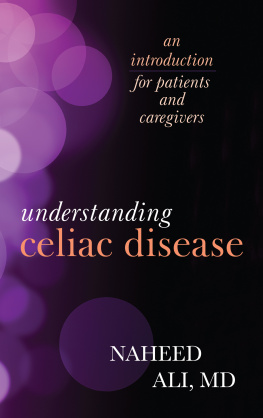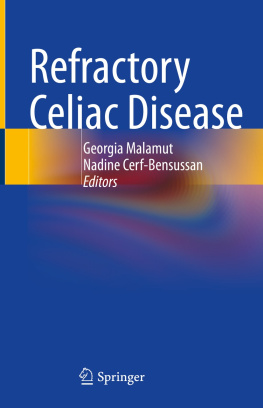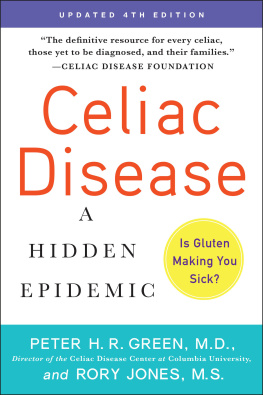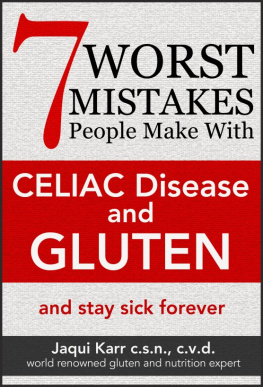Peter H.R. Green M.D. - Celiac Disease: A Hidden Epidemic
Here you can read online Peter H.R. Green M.D. - Celiac Disease: A Hidden Epidemic full text of the book (entire story) in english for free. Download pdf and epub, get meaning, cover and reviews about this ebook. year: 2010, publisher: HarperCollins, genre: Romance novel. Description of the work, (preface) as well as reviews are available. Best literature library LitArk.com created for fans of good reading and offers a wide selection of genres:
Romance novel
Science fiction
Adventure
Detective
Science
History
Home and family
Prose
Art
Politics
Computer
Non-fiction
Religion
Business
Children
Humor
Choose a favorite category and find really read worthwhile books. Enjoy immersion in the world of imagination, feel the emotions of the characters or learn something new for yourself, make an fascinating discovery.
- Book:Celiac Disease: A Hidden Epidemic
- Author:
- Publisher:HarperCollins
- Genre:
- Year:2010
- Rating:5 / 5
- Favourites:Add to favourites
- Your mark:
Celiac Disease: A Hidden Epidemic: summary, description and annotation
We offer to read an annotation, description, summary or preface (depends on what the author of the book "Celiac Disease: A Hidden Epidemic" wrote himself). If you haven't found the necessary information about the book — write in the comments, we will try to find it.
The definitive book on celiac disease, one of the most common and underdiagnosed autoimmune diseases in America.
Do you suffer from gastrointestinal complaints, fatigue, headaches, joint pain, anemia, and/or itchy skin conditions? Have you consulted numerous doctors, and been prescribed drugs and diets that have only temporarily alleviated some symptoms? If so, you may have celiac disease, a hereditary autoimmune condition that affects nearly one in every hundred people97 percent of whom remain undiagnosed and untreated.
The real answer to your medical problems may lie in this book. Dr. Peter H.R. Green, director of the Celiac Disease Center at Columbia University and internationally renowned expert on the disease, together with Rory Jones, an accomplished science writer who was diagnosed with the disease in 1998 and has been researching it ever since, have written this authoritative guide on how celiac disease is properly diagnosed, treated, and managed. The disease is triggered by gluten, a protein found in wheat, rye, and barley, which damages the lining of the small intestine so that it cannot properly absorb food. Without essential nutrients, the entire body begins to suffer. Complications from celiac disease can include infertility, depression, liver disease, other autoimmune diseases (such as type 1 diabetes and thyroid disease), and even cancer. This is a disease that you do not outgrow. At present, the only way to treat it is to follow a lifelong gluten-free diet.
This revised and updated edition contains the most current information on celiac disease, gluten intolerance, and gluten sensitivity. It examines the diseases many manifestations and includes an entire section devoted to coping with the psychological aspects of living with a chronic illness and following a gluten-free diet. It also includes a guide to ingredients and safe grains, a selection of gluten-free manufacturers, and a list of national and international support groups.
Peter H.R. Green M.D.: author's other books
Who wrote Celiac Disease: A Hidden Epidemic? Find out the surname, the name of the author of the book and a list of all author's works by series.

